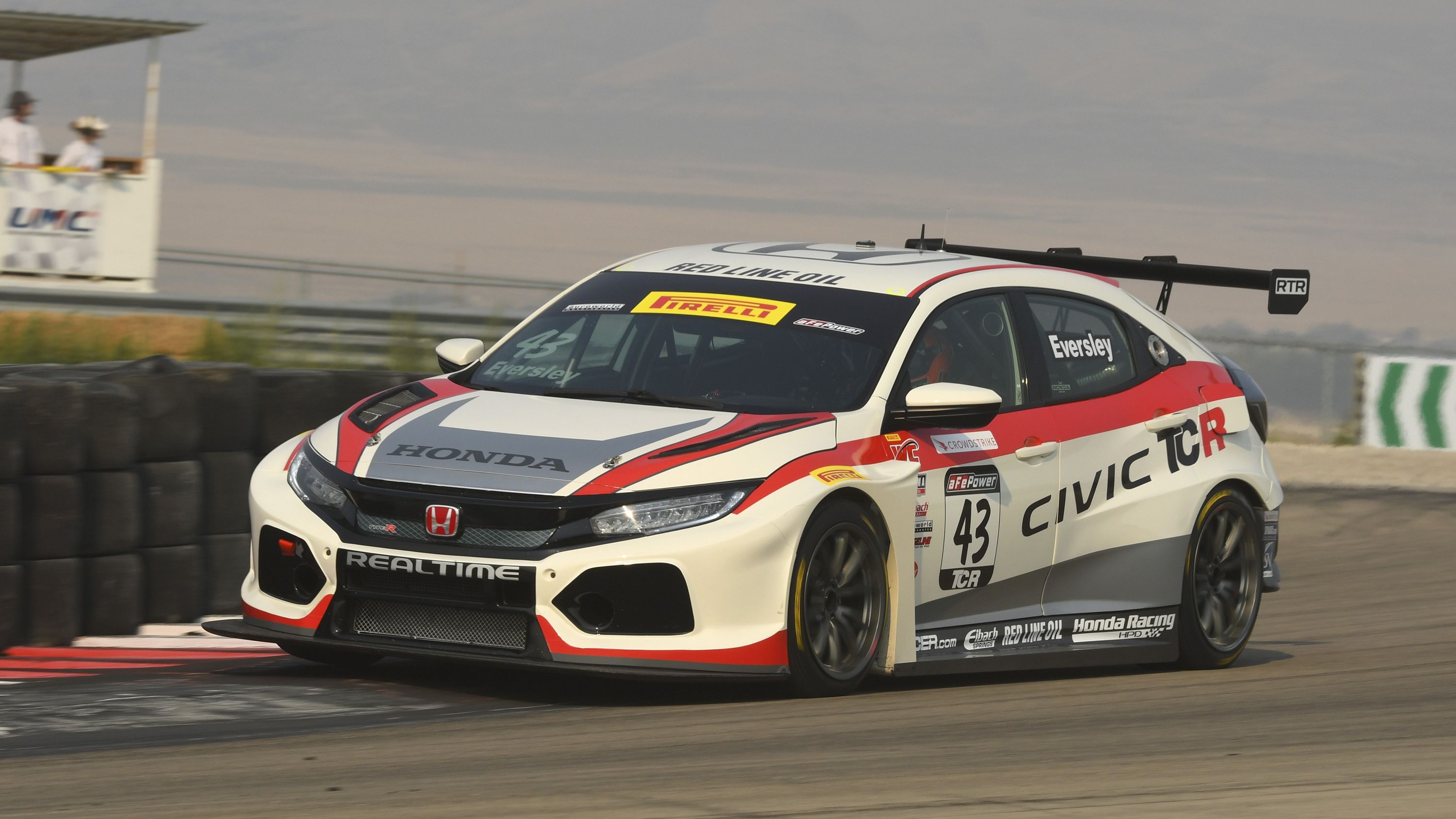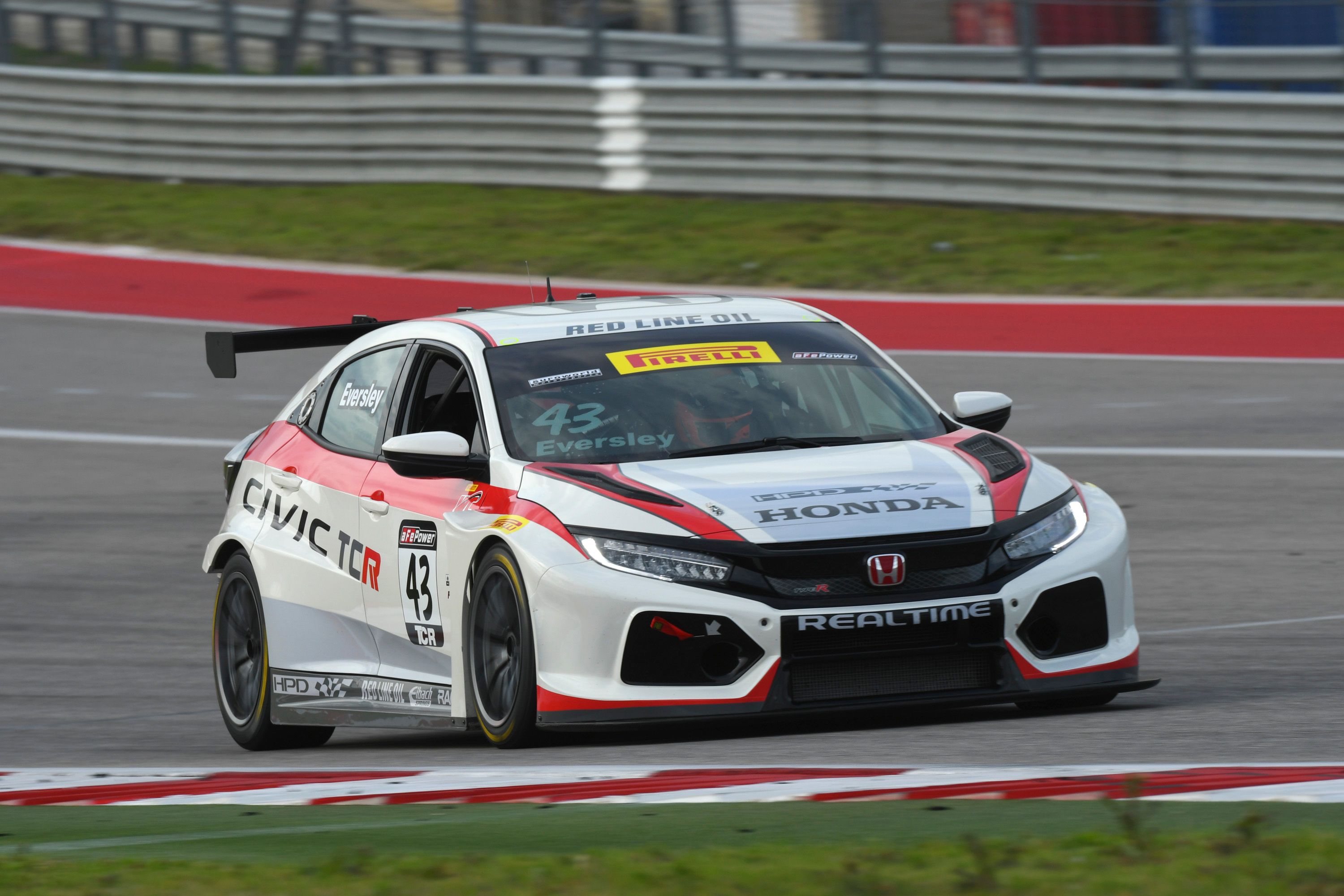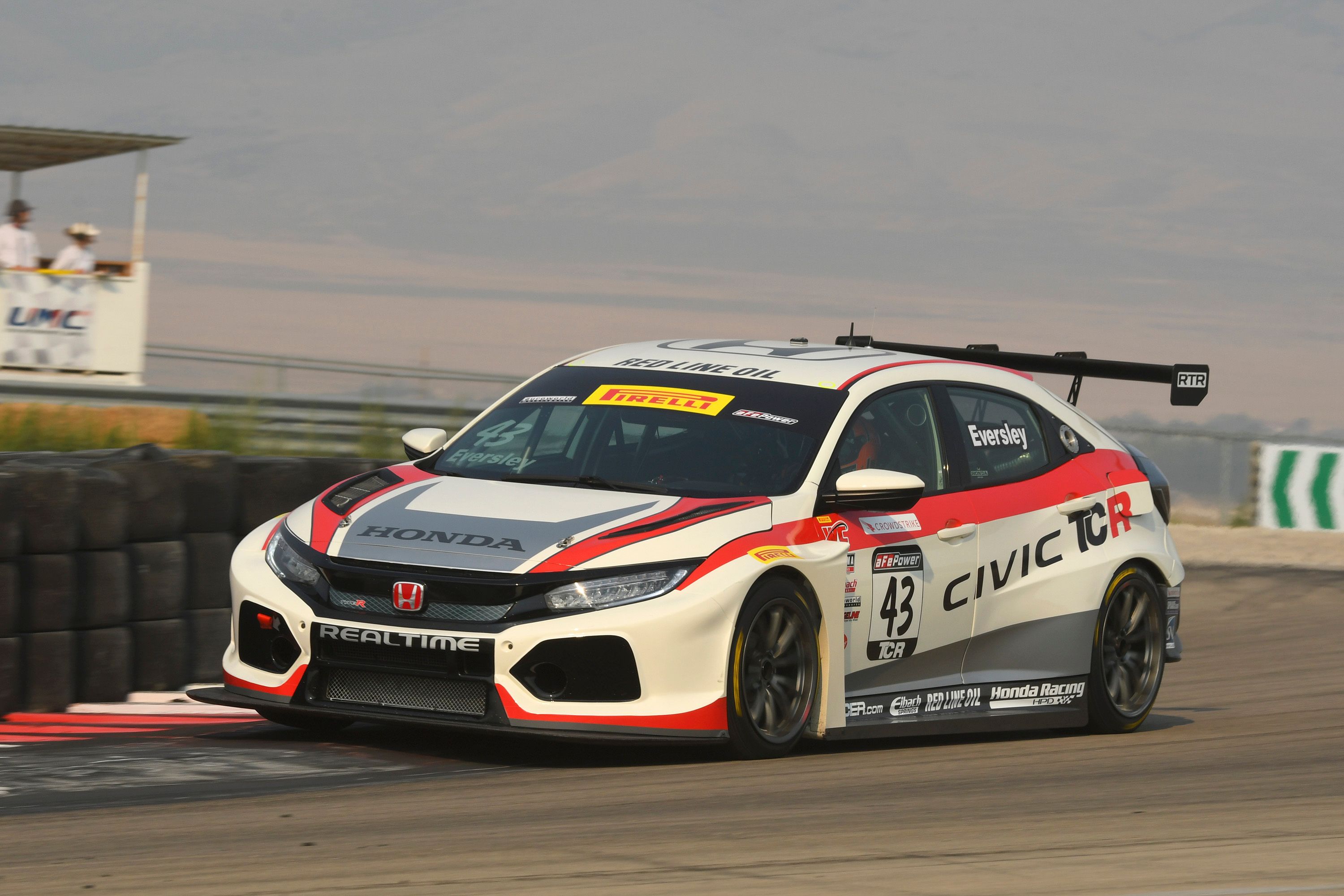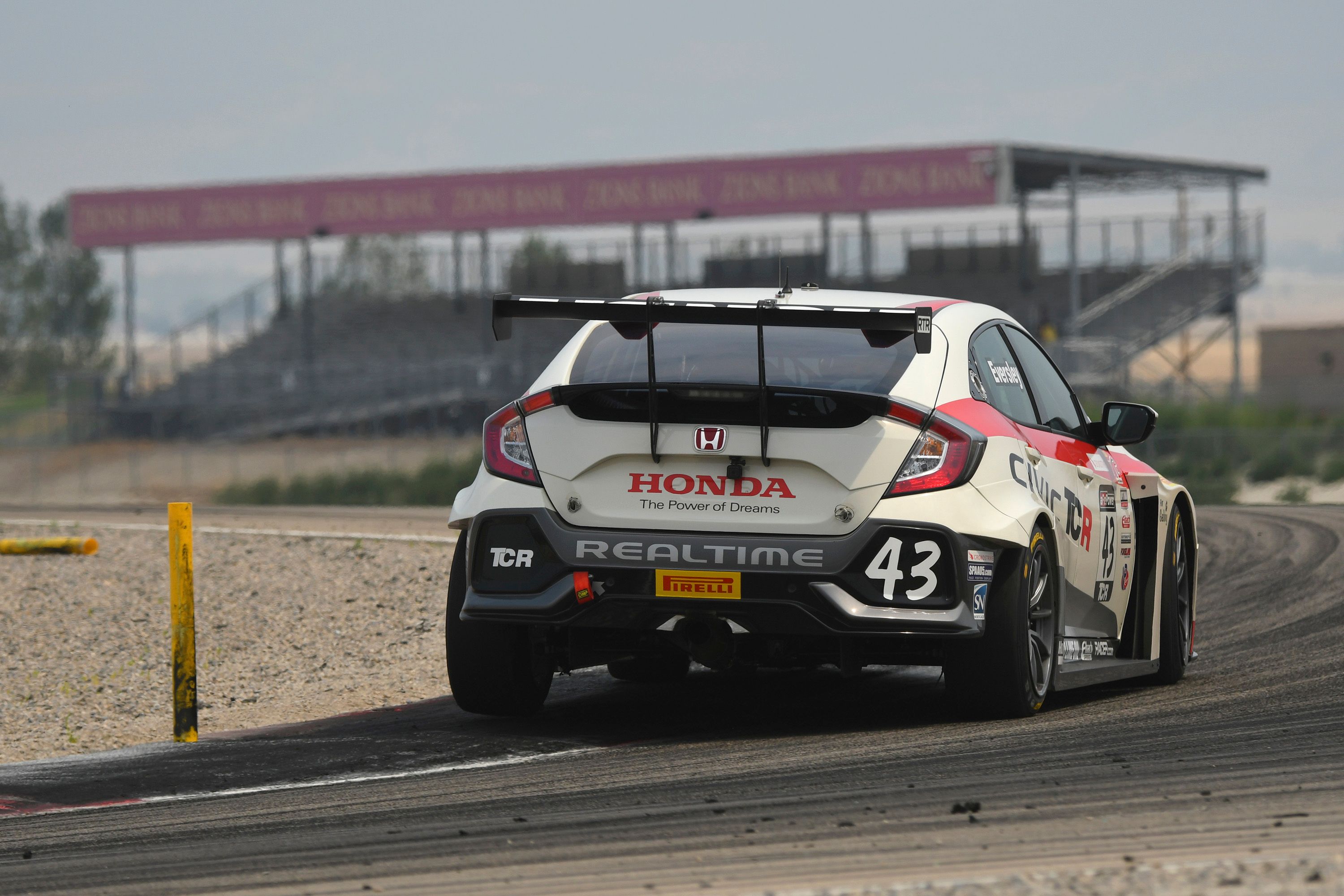The Honda Civic Type R TCR is a purpose-built racing car for the TCR formula. It is based on the FK7/8 Civic Type R and is built by JAS Motorsport. The car, with all of its 340-horsepower, won the inaugural TCR title in the Pirelli World Challenge this year with driver Ryan Eversley and team RealTime Racing.
Touring car racing has seen many sets of regulations come and go, some more successful than others. We all remember the glorious Group A touring cars such as the BMW M3 (E30) Sport Evolution, the Mercedes-Benz 190E AMG Evo II or the Nissan Skyline GT-R R32. Then there was the Super Touring formula which took the world by storm and became a truly global phenomena spawning regional series all across the globe, including North America where the North-American Touring Car Championship was held for two seasons.
Now, there's a new platform that's at the peak of its popularity. It's called TCR, and it was conceived by Marcello Lotti, head of World Sporting Consulting, as a cost-effective option to the TC1 cars that were used in the World Touring Car Championship (WTCC).
2018 Honda Civic Type R TCR
- Make: Array
- Model: 2018 Honda Civic Type R TCR
- [do not use] Vehicle Model: Array
What makes the Honda Civic Type R TCR special
The latest TCR-spec Civic Type R borrows many of the unique styling cues of the road-going model and enhances them to make the whole package look even more aggressive. All four fenders are widened with a massive air vent opening up just after the front wheel. The trailing edge of the front fenders swoops upwards and, at the back, it's sharply cut so that it exposes a third of the tire when looking at the car from the back.
When viewing the car from its side, you can't help but notice the protruding side skirts which are just wide enough to come in line with the line of the fender flares. The car is fitted with 10-spoke magnesium wheels with a center-locking hub. Behind the wheels, there are massive ventilated discs with 6-piston calipers at the front and 2-piston calipers at the back, respectively.
Like on the road car, the upper element of the taillights comes in to complete the ducktail on the trunk lid and, similarly, the exhaust pipe still exits in the middle of the car. The back is a complicated affair with tons of accentuated almost razor-sharp lines meeting with each other at various angles which don't make it the most appealing thing you've ever seen but, then again, it's the back end of a hatchback. How many of those have you seen that you've actually liked?
The interior bears little to no resemblance to that of the standard Type R. You've got an Alcantara-rimmed Honda-badged steering wheel in front of you if you've managed to climb inside the racing bucket seat without injuring yourself in the roll-cage. The wheel is littered with buttons, including one that controls the drink bottle, one for the lights, another one for when you need to speak to your team via team radio and one for the wipers. Behind the steering wheel, there's the MoTec display with rev lights on top to let you know when you need to shift with the paddles behind the steering wheel. You'll only need to use to clutch when you leave the pits.
The power reaches the front wheels via a 6-speed sequential gearbox from either Sadev or XTrac - either way, fitted with a twin-plate JAS-developed sinter-metallic clutch. The steering is the usual rack and pinion way with electrical power steering.
The car comes with MacPherson struts up front over coil springs, gas-filled dampers, and an anti-roll bar. At the back, the multi-link axle is fitted with coil springs again, gas-filled dampers and an anti-roll bar. The braking system is hydraulic with two circuits. Up front, the ventilated steel discs are 14.96 inches in diameter and, at the back, they measure only 10.23 inches. The whole car must weigh, as per the regulations, at least 2,788 pounds with the driver inside the cockpit.
What all of this amounts to?
TCR, the most popular touring car racing formula right now
When the TCR formula was announced formally in 2014, Honda was one of the first manufacturers to jump on the freight along with Seat and Volkswagen.
By this time, TCR had already grown into a worldwide thing with championships appearing overnight almost anywhere, besides the blooming TCR International Series. There is a TCR-based series in Germany governed by the ADAC, a TCR China series, TCR Italian Championship, TCR Benelux, TCR Thailand and even a TCR Middle Eastern series.
The North-American market was also an early target for Lotti and his promoting team, but the TCR USA series never got off the ground as part of a proposed American Touring Car Championship. There were no entries submitted for 2015 or 2016 and the idea faded into obscurity. But TCR cars did, eventually, make their way to the U.S. and Canada.
RealTime Racing, long-time World Challenge series competitors and multiple champions of the series in a number of classes, announced at the end of 2017 that their factory-backed GT-class effort with the Acura NSX GT3 would not continue into 2018 and, instead, decided to focus on a TCR program in the newly formed category.
The No. 43 car was driven throughout the 12-race season by Ryan Eversley while the No. 44 car welcomed a number of drivers throughout 2018 including Adam Merzon, Mason Filippi, and Nick Esayian. Both of the cars are 2018-spec FK7/FK8 Civic Type Rs, and Eversley clinched the title aboard No. 43 by winning five times and scoring six more podium finishes. He was met with stout competition from Bryan Herta Autosport's driver duo made up of Michael Lewis and Mark Wilkins who competed with the new Hyundai i30 N TCR.
Further reading
Read our full driven review on the 2017 Honda Civic Type R.
Read our full review on the 2017 Honda Civic Type R.








